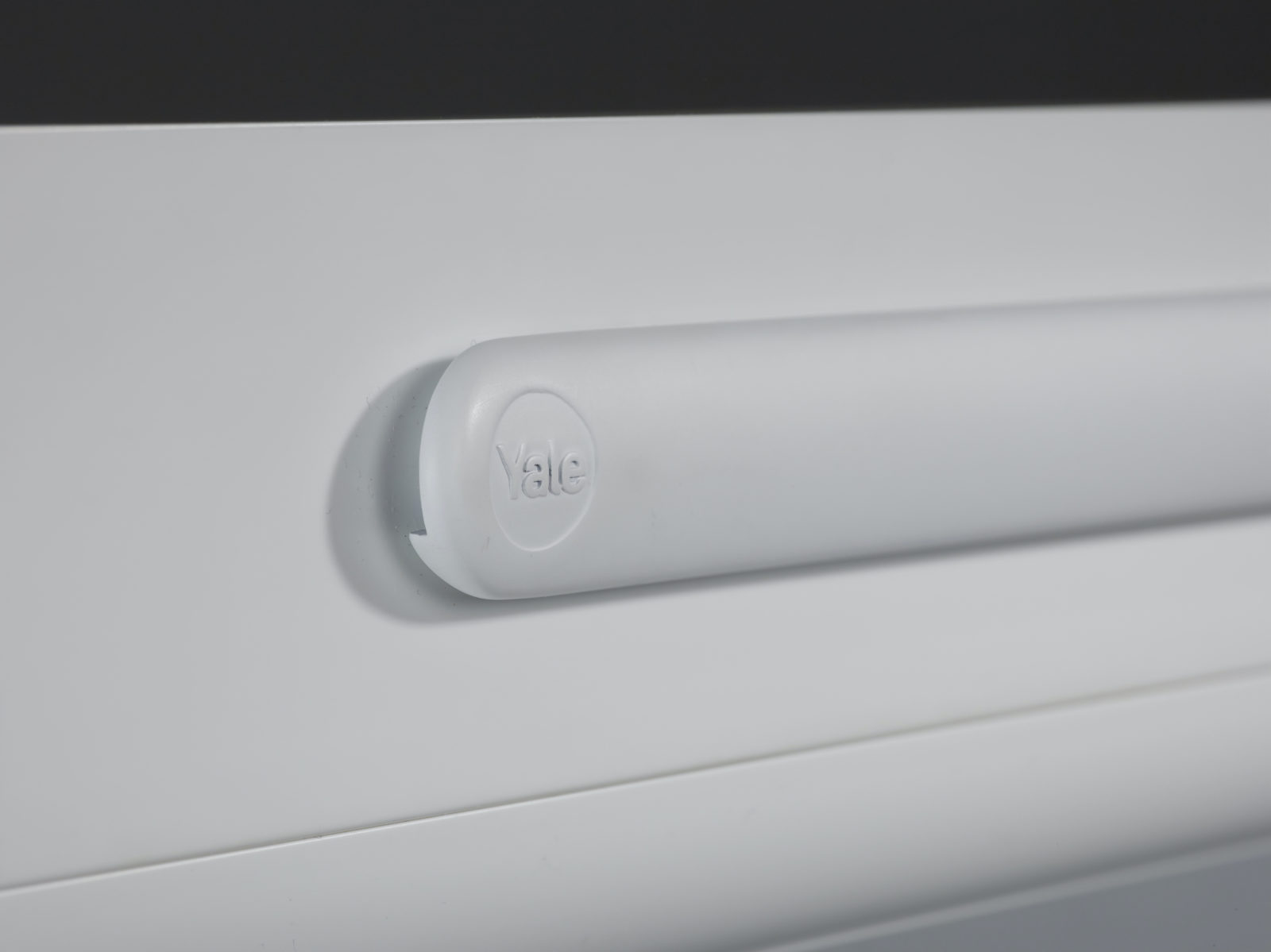Meeting the new guidance on trickle vents

Grant Stratford, technical director at Yale Door and Window Solutions, discusses the new Approved Document F guidance and what it says about trickle vents in windows.
The pandemic has made us more aware than ever of the benefits that natural ventilation can have on health and wellbeing. Meanwhile, the government’s ongoing efforts to achieve net zero include reducing the amount of CO2 that homes and other buildings produce when they overheat.
Both these factors feed into the new Approved Document F of the Building Regulations, which comes into effect on 15 June 2022.
The new guidance sets out updated requirements for ensuring that UK buildings provide adequate ventilation, with background ventilation – often in the form of trickle vents for windows – playing a key role. But what are the new requirements, and how can manufacturers ensure they are meeting them?
Understanding the new regulations
The new guidance is governed by two approved documents – ‘Approved Document F, volume 1: dwellings’ and ‘Approved Document F, volume 2: buildings other than dwellings’. Both state the requirement that ‘there shall be adequate means of ventilation provided for people in the building’ in order to protect the health of occupants by preventing mould and internal air pollution that might become hazardous to health.
One of these ‘means of ventilation’ is background ventilation, commonly in the form of trickle vents. The guidance specifies several requirements that background ventilators must meet, including:
- All ventilation should be controllable, either manually or automatically.
- Background ventilators should be at least 1,700mm above floor level, to reduce cold draughts, but still be easy for the occupant to reach.
- Any background ventilators with automatic controls should also have manual override.
- If a habitable room does not contain windows that can be opened, adequate ventilation can be achieved via another habitable room. If this is the case, then the background ventilation of that room must be of at least 10,000mm2 equivalent area
It further states that, in less airtight dwellings, all rooms with external walls should include background ventilators, as well as several other requirements that must be taken into account in various situations.
In addition, the new Approved Document F states that trickle vents must pass the BSI standard BS EN 13141-1:2019, entitled ‘Ventilation for buildings – Performance testing of components/products for residential ventilation, Part 1: Externally and internally mounted air transfer devices’.
What can happen if you fail to follow the guidelines?
If non-compliant trickle vents are installed in a dwelling or other building, the effects can be serious – ranging from prosecution and enforcement notices to severe reputational damage.
Responsibility to enforce the building regulations rests with the local authority in the area. The local authority may choose to prosecute builders, installers, or main contractors in the Magistrates’ Court, where an unlimited fine may be imposed.
The local authority may also serve an enforcement notice to the building owner, requiring alternation or removal of work which contravenes the regulations. If the owner does not comply with the notice, the local authority has the power to undertake the work itself and recover the costs of doing so from the owner.
While the bulk of the direct legal responsibility sits with the builder, installer, or main contractor, it is clear that the fallout of any failure to comply will reflect very badly on the manufacturer. Their reputation would be severely damaged with the client, builder and specifier, potentially leading to a breakdown of trust that may limit business opportunities in the future.
Yale SlotVent range
Our new Yale SlotVent range of trickle vents for windows offers a choice of three variants – 2500EA (Equivalent Area), 4000EA, and 5000EA – each providing a different level of ventilation, depending on requirements. The product is made up of an internal vent that can be tilted 30, 60, or 90 degrees and includes the option of a foam gasket that reduces noise and drafts; as well as an external hood and a fly screen for the over-frame.
All products in the SlotVent range are fully compliant with the new guidance, having been thoroughly tested at BRE in accordance with EN13141-1:2019, confirming their suitability for residential building ventilation, and BS EN ISO 10140-1, testifying to their ability to insulate against airborne sound.
All window fabricators must read and understand the new regulations before they come into force on Wednesday 15 June this year. Only by ensuring that they are using the right types of trickle vents – with the right capabilities and accreditations – can you avoid falling foul of inspections. The reputation of your business and its future opportunities depends on getting this right.
